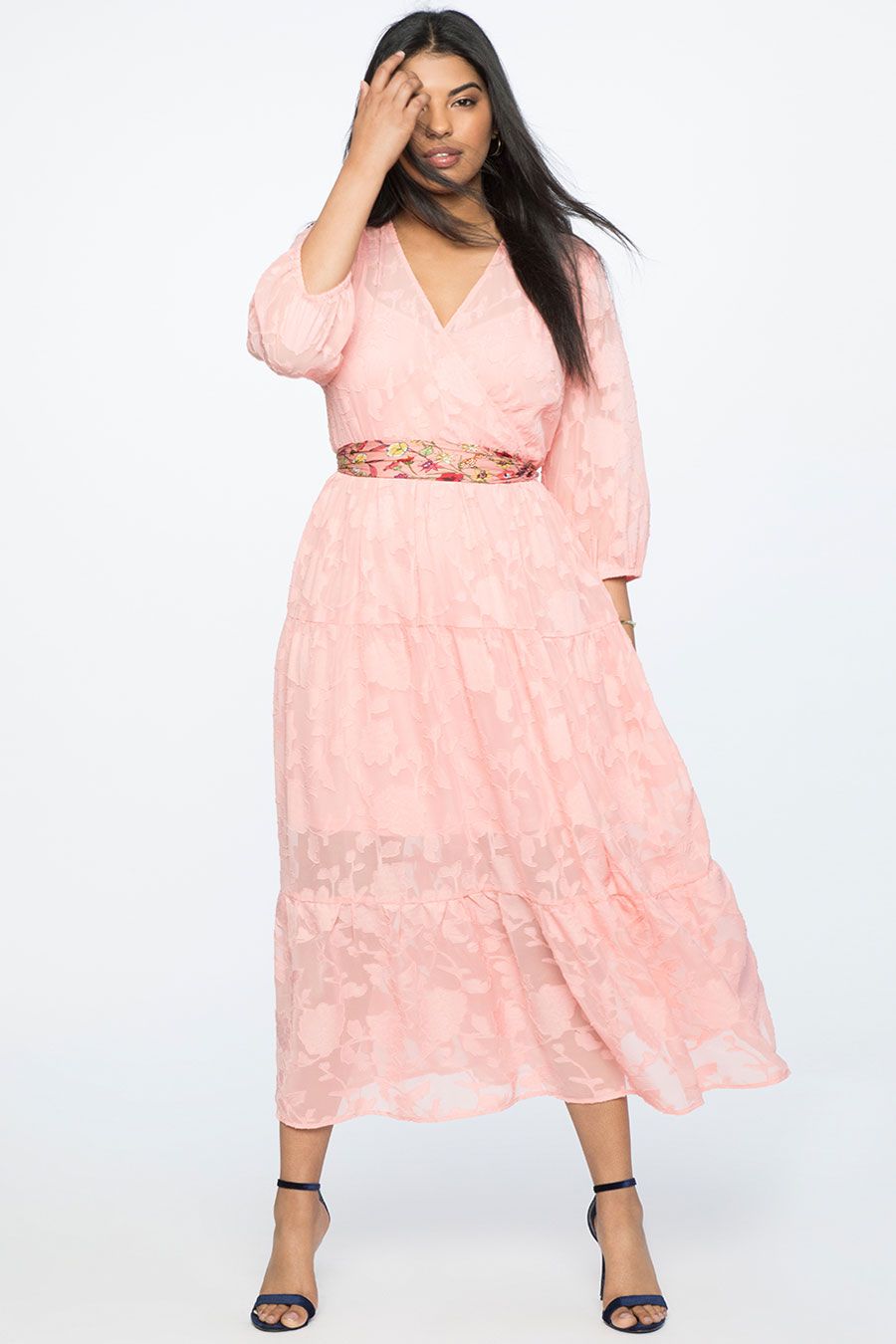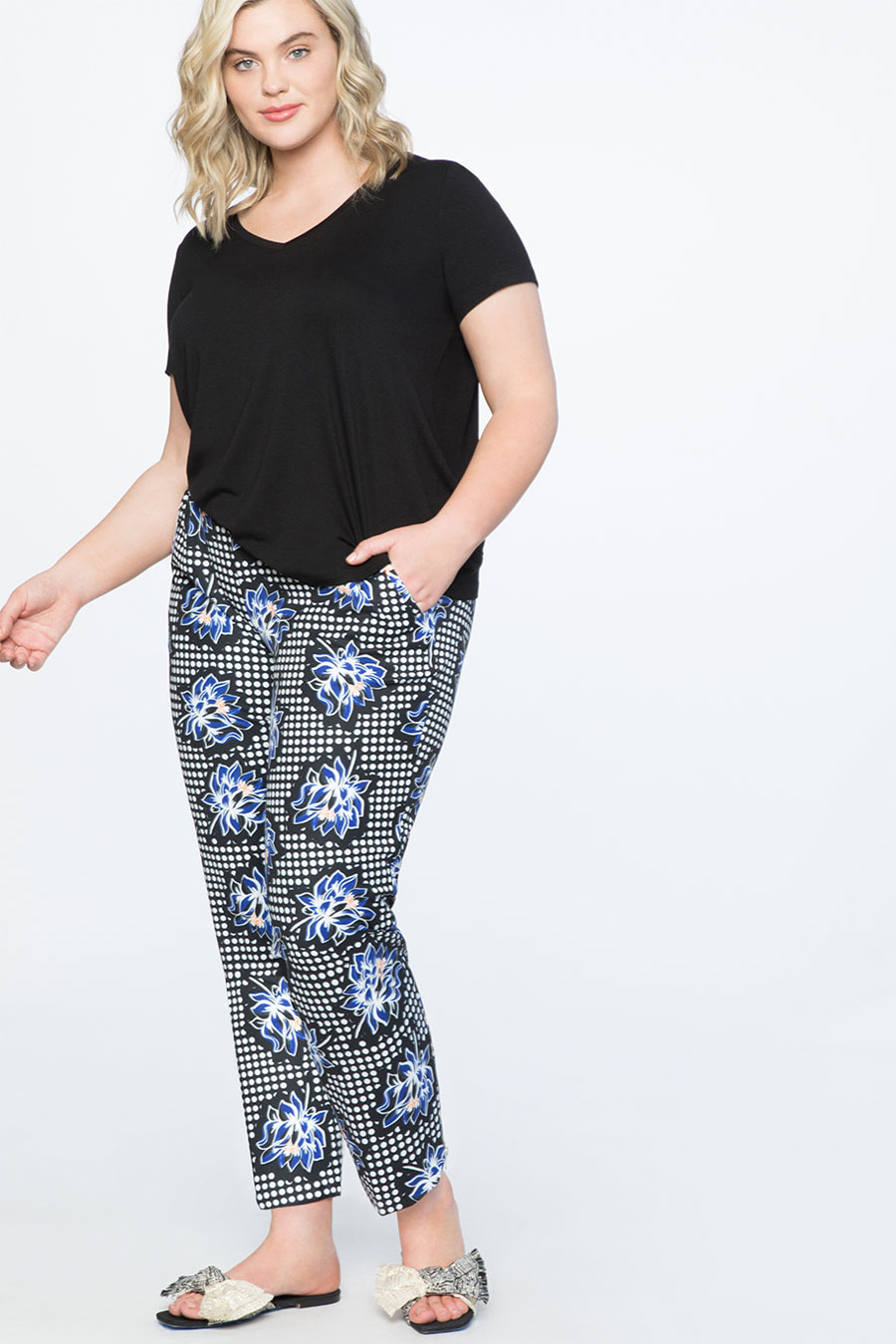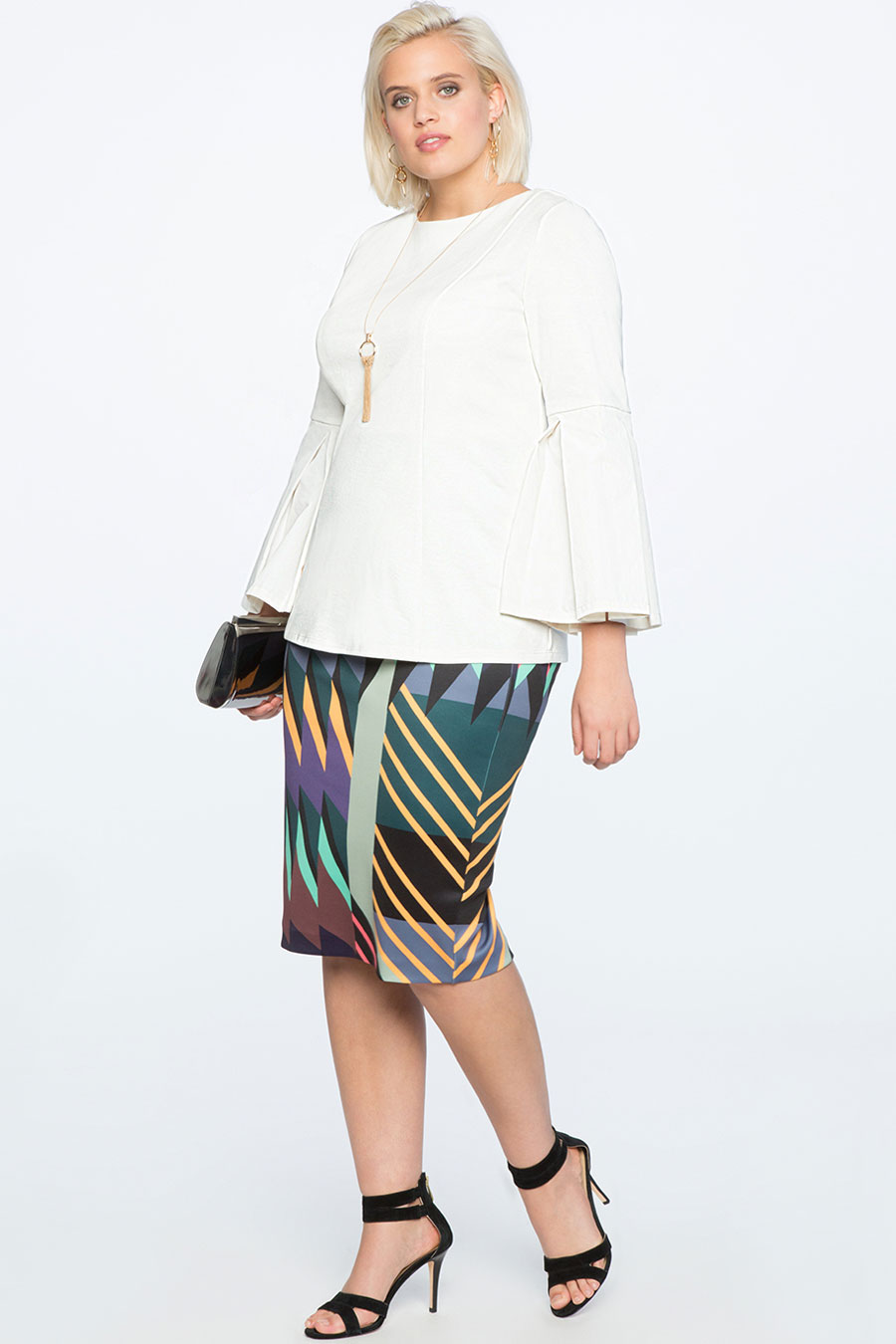Many of my clients aspire to looking elegant in their outfits. I also aspire to that, so I’ve thought quite hard about what it means to me. What makes an outfit elegant is extremely subjective. Elegance means different things to different people. I’ll share what I think and I’m curious about the extent to which your thoughts will coincide with mine.
First, it can be argued that elegance has little to do with the outfit, and more to do with the manner, poise, posture, elocution, movement, grace and confidence of the wearer. That’s definitely one component of elegance, but an elegant outfit goes a long way too.
Second, elegance is NOT a dress size, length of hair, type of complexion, age or height. Elegance is a package deal and a sum of many parts. Some of the most elegant people I know are below 5ft tall, plus sized, or over the age of 70. I do think that elegance comes more easily with age, because of the ease and confidence that grows within as you get older.
Third, elegance can be achieved with patterned, non-neutral, bold and bright wardrobe items. Keeping things solid, quiet and neutral is not a prerequisite for an elegant outfit, although that might be your preference.
I’ve narrowed it down to a few specifics that, to my eye, up the elegance quotient of an outfit.
1. Longer Hem Lengths on Skirts & Dresses
Somehow, leg coverage, and particularly knee coverage, looks more elegant. Skirts and dresses that finish somewhere between the bottom of the kneecap and four inches above the ankle bone look the most elegant. Extra long floor-sweeping lengths for formal occasions are extremely elegant, but are very impractical and therefore worn infrequently.
2. Softness and Structured Fluidity
It is a delicate balance to achieve a good amount of structure with just the right amount of fluidity in an elegant outfit. For example, a very structured body-con dress looks less elegant than a gently tailored sheath, shirt dress, or fit-and-flare frock. It’s that ease of movement or bit of “swoosh” in the dress or skirt that creates elegance. The same can be said for an elegant trouser or jeans outfit that is neither too tight nor too slouchy. If the bottoms are tailored, the top can have movement, and vice versa.
In terms of softness, I mean looks that are not too hard-edged or severe. But that doesn’t mean you have to wear white and pastels. You can wear black and darks, but the fabrics and textures of the garments must look soft, sheer and pretty. An all-black outfit can also be complemented with sparkly bling and lighter footwear and accessories.
3. Dainty Footwear
Footwear with a refined and somewhat dressy appearance, as opposed to being casual, tough, sporty, rugged or chunky, tends to look more elegant. Pointier toe boxes, narrower heels, gentle block heels, shoes without platforms, narrower laces, narrower straps, and smaller buckles. Footwear needn’t be high-heeled or close-toed to look elegant. Dressy flats, low heels and all sorts of elegant sandals do exist.
4. Dressiness
You can absolutely look elegant in a casual outfit, but there has to be a component of dressiness to it. Whether you’re adding a blazer or dressy top and refined shoes to jeans, sporting a structured casual dress with dressy flats, wearing a kaftan over a bikini, or gliding along in wide linen crops and cropped blouse with flat sandals – the dressy element is present and adding elegance to a relaxed outfit.
5. Finishing Touches
Elegant outfits seem to have important finishing touches, like a gently made-up face that adds polish and radiance to your appearance, relatively neat and well groomed hair, and some accessory bling (even if it’s just a pair of diamond studs). Well cared for hands and feet with or without nail polish is a good finishing touch too.
Again, these are my musings and they probably differ from yours, so over to you. How do you define elegance through outfits?












